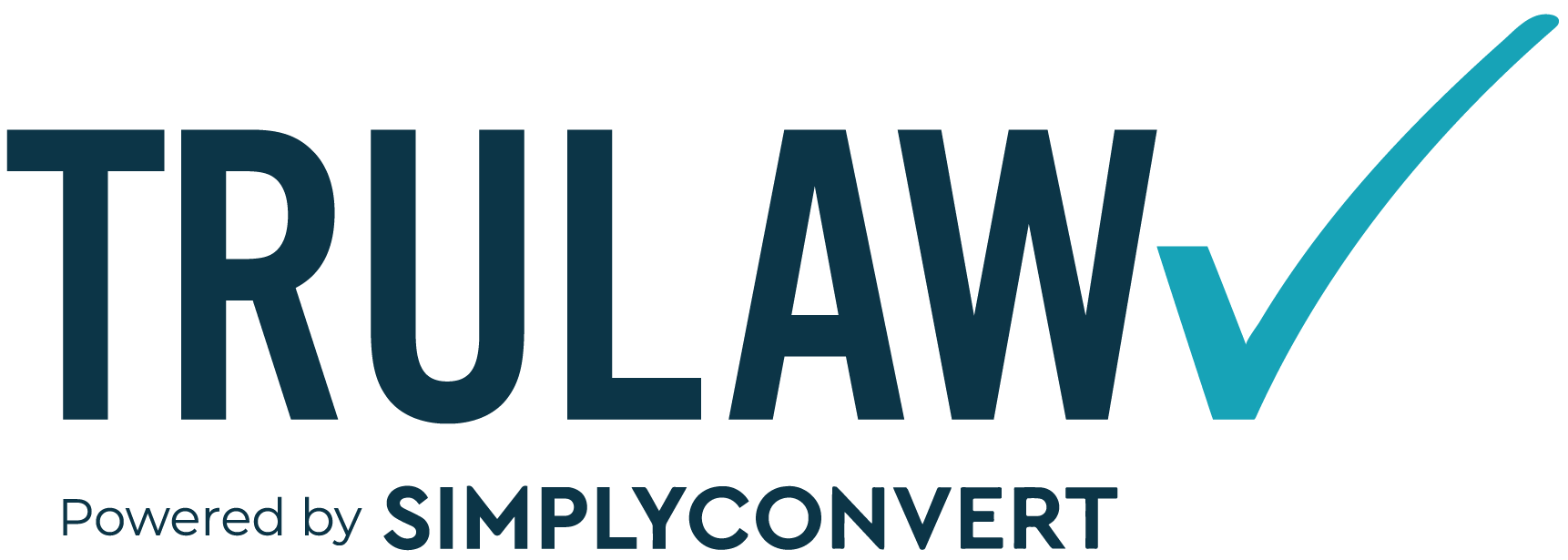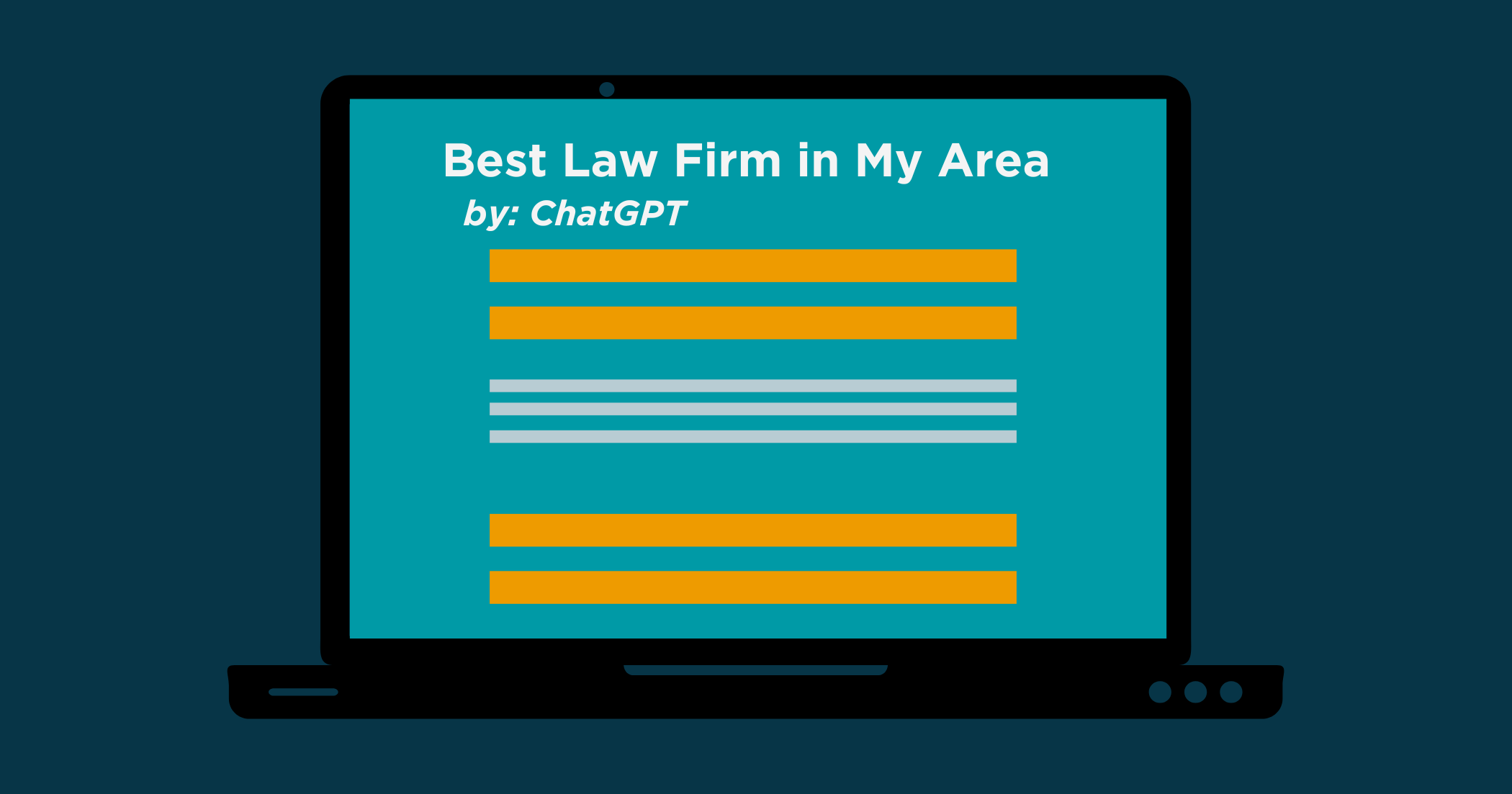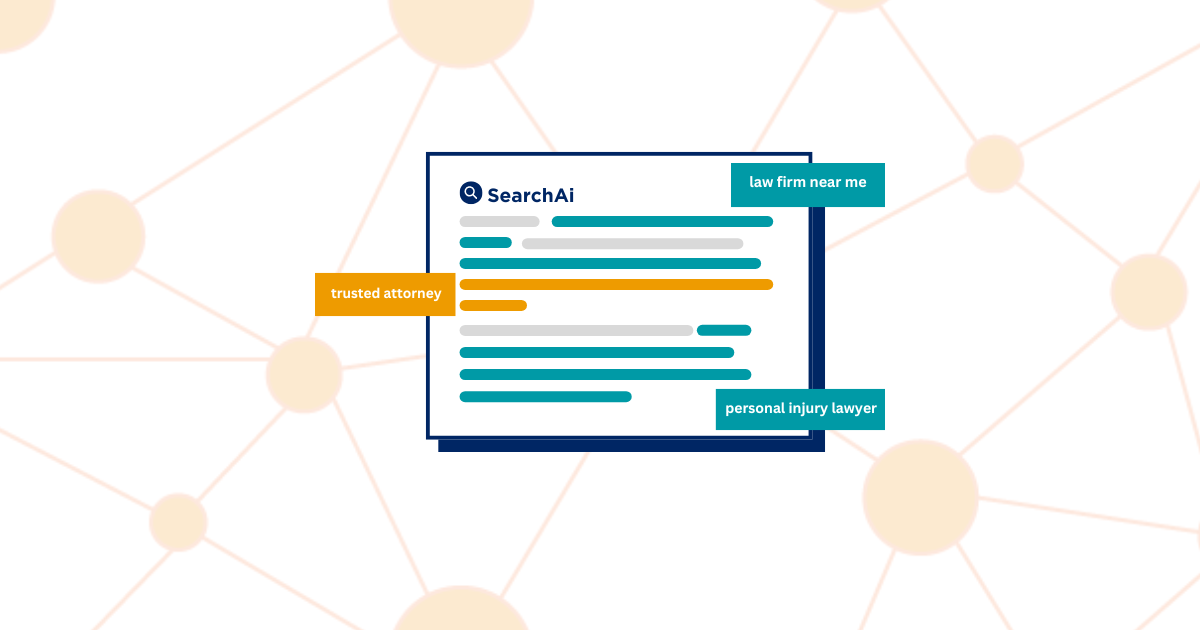The dust is still settling on the June 2025 Algo Update, but we are already seeing consistent trends in what makes high-visibility sites tick, and what is showing up on Search Engine Results Pages (aka, the SERP).
E-E-A-T
To stay competitive in today’s SEO landscape, your firm needs to demonstrate Experience, Expertise, Authoritativeness, and Trustworthiness (E-E-A-T).
Google is putting more weight on these factors than ever before, especially for law firms in personal injury and mass torts.
Here’s how you can start meeting these criteria:
- Authoritative Content: Create content that references key legal principles, case law, and reputable sources to show your deep understanding of the law.
- Attorney Bios and Case Studies: Highlight your qualifications and real-world results. Show potential clients you’ve successfully handled cases like theirs.
- Client Testimonials and Reviews: Encourage past clients to leave positive reviews on Google and other legal directories. This builds trust with both Google and prospective clients.
- Case Results, Awards, and Accolades: Showcase your firm’s success stories and any legal recognition to prove your credibility.
- Offsite Mentions (Legal Directories, PR, Online Awards): Get listed in trusted legal directories and mentioned in credible media outlets to build third-party validation of your authority.
These are some of the key factors Google considers when evaluating your site’s authority.
If you’re unsure how to implement these strategies or how they affect your rankings, it might be time to chat with an expert.
AI Content Under the Microscope
Google’s been taking a closer look at AI-generated content, and it’s not all sunshine and rainbows.
While AI content isn’t outright penalized, it’s under serious scrutiny.
If the content feels thin, generic, or lacks value, Google may lower its ranking.
So, if you’re relying on AI tools to quickly churn out content for your firm’s blog or website, now’s the time to rethink that strategy.
The key to making AI-generated content work for you is human oversight.
(Check out our blog on the Dangers of AI Content Writing)
You’ll want to use AI as a tool for research, drafting ideas, or generating basic structures, but your legal content needs to have the depth and expertise that only you—an experienced lawyer—can provide.
So, for all you content creators out there, make sure that:
- Content is Thorough and Well-Researched: Don’t just throw up quick summaries or generalizations. Dive deep into specific legal issues that your clients care about.
- Content Feels Human: AI is getting better, but it still lacks the personal touch and nuance a lawyer brings to the table. Use your legal expertise to provide context, examples, and personalized advice that resonates with your audience.
- Value is Clear: Make sure your content answers real questions and provides useful insights, rather than just filling space.
Increasing Importance of User Experience Signals
With this latest update, Google has made it clear that user experience (UX) is now more important than ever.
This means that things like page experience, mobile optimization, and load speed are now crucial ranking factors.
If your website isn’t fast, mobile-friendly, or easy to navigate, Google is going to penalize you in favor of sites that offer a better user experience.
Here’s why this matters: If your website is slow or clunky on mobile, clients (and Google) are going to bounce (leave). When clients leave your site quickly, it sends a signal to Google that your website isn’t providing value.
In short, if your website doesn’t provide a smooth experience, it could negatively impact your rankings.
Here’s what you need to focus on:
- Page Experience: Make sure your pages are fast and easy to use. If you haven’t already, you’ll want to address Core Web Vitals—a set of user experience metrics that measure how fast, responsive, and visually stable your site is.
- Mobile Optimization: With most users now browsing on their phones, if your website isn’t mobile-friendly, you’ll struggle. Ensure your website design adapts seamlessly to smaller screens and is easy to navigate on all devices.
- Load Speed: Faster pages = happier visitors. Aim to load pages in under 3 seconds. Slow sites frustrate users and hurt rankings.
Focus on Structure: Organize Content for Maximum Impact
In addition to providing a smooth user experience, content structure has become more important than ever.
Law firms that are performing the best in search rankings aren’t just covering one topic with a single piece of content. Instead, they are creating subtopic-specific content that dives deeper into individual subject matters related to a broader topic.
By organizing content in a way that clearly shows the hierarchy of topics, you not only improve the user experience but also help Google better understand the relevance and scope of your content. For example:
- Main Topic Pages: Start with a broad topic page (e.g., “Car Accident Lawsuit”) that provides an overview of the subject.
- Subtopic Pages: Then, create more detailed subpages that cover specific aspects of car accident lawsuits, like FAQs, common injuries, and statute of limitations.
- Internal Linking: Use internal links to connect these subtopic pages back to your main topic, creating a clear content structure that’s easy for both users and search engines to navigate.
By structuring your content in this way, you make it easier for Google to understand the depth of your expertise, which can lead to higher rankings.
It also ensures that users can easily find relevant, detailed information on the topics that matter most to them.
Shifting SERP Features and Generative AI Adjustments
Along with changes in ranking factors, it’s important to note that Google’s search results pages (SERPs) have been shifting in a big way, too.
Generative AI features, which Google had been experimenting with, seem to be undergoing some changes. We’ve seen some elements being rolled back or moved to different parts of the SERP, with Google constantly tweaking how it integrates this technology.
Additionally, daily changes in how the SERP is organized are becoming increasingly common.
For example, local results—especially for personal injury lawyers—sometimes appear at the top of the Map Pack, sometimes they are buried in the middle or even at the bottom of the page, and other times, they disappear completely. This inconsistency makes it more challenging to predict how your firm will appear in search results on any given day.
Similarly, we’ve also seen video content, local news stories, and other types of media appear in search results, sometimes in unexpected places.
These constant changes mean that what you see in the SERP one day might not be there the next, which directly impacts your SEO strategy.
To stay ahead, it’s crucial to monitor how your site displays across different search types and to remain flexible with your approach.
It is also important to have content everywhere: ensure you have topical website blogs & pages, relevant videos on YouTube and social media, images posted across social media, and even a press release published on news sites that relate back to your practice areas.
The volatility of the SERP organization will slow down as the dust settles on the algo rollout, but you can expect a higher-than-normal rate of change in SERP features and layout as Google continues to test new ways to improve user engagement in this ever-changing world of AI.
Want a custom game plan for improving your law firm’s visibility?







